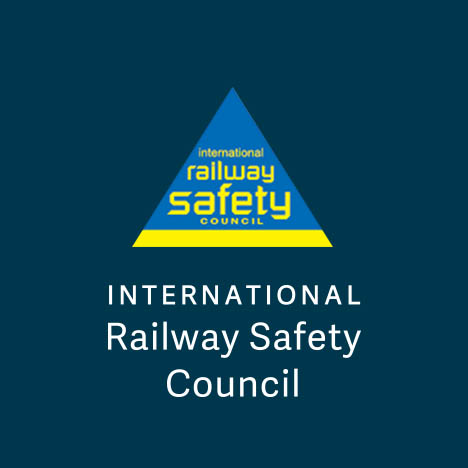The Gautrain is undoubtedly a unique rail system, not only because it was the first of its kind on the African continent but due to its various design complexities including the geological conditions it was built on. One of these complex and sensitive areas is the 15km Gautrain Tunnel that traverses from the Marlboro Station Portal via Sandton and Rosebank Stations to Park Station in central Johannesburg. The construction of the Gautrain tunnel was a significant engineering endeavour, involving highly specialised construction techniques. The Gautrain tunnel did not only have to meet meticulous engineering design standards but it also needed to prove that it met the requirements for System Safety Certification.
The tunnel design is based on the European Technical Standard for Interoperability (TSI) for Safety in Railway Tunnels (SRT) premised on a philosophy of ensuring the protection of passengers and employees, and the preservation of assets in the event of an emergency. The tunnel consists of seven emergency shafts with refuge shelters aimed at ensuring access to the tunnel by emergency services (EMS) personnel and to provide a place of safety for passengers and employees whilst emergency response measures ensue. Furthermore emergency shafts incorporate vertically mounted cat ladders and fireman’s lifts intended for getting emergency services and their equipment from ground level to the refuge shelters as well as to evacuate injured people who require immediate medical attention.
Central to the design of the tunnel are the associated safety systems, equipment and communication tools that enable preventative, mitigating and response measures. The Station and Tunnel Management System (STMS) is responsible for the monitoring and control of various subsystems, such as the ventilation, fire detection and protection systems, heating ventilation and air conditioning as well as the Tunnel Ventilation System (TVS). The TVS is equipped with jet fans whose function in the event of a fire is to force the smoke generated by a fire away from the direction in which passengers and staff must move in order to make their way to a place of safety. The tunnel consists of full height 4-hour fire walls equipped with emergency lighting and a fire main that supplies several fire hydrants along the length of the tunnel. During an evacuation it is important that evacuators are able to disembark the train and arrive safely at the refuge shelters therefore the tunnel is built with walkways mounted with handrails. The height of the walkways above track level allows passengers and train crew to step directly from the train doorways onto the walkway without the need to use emergency ladders. The walkways are also fitted with emergency signage and lighting which indicate the distance to the nearest point of safety and allows for visibility and illumination.
Whilst the tunnel has been equipped with some of the best safety and emergency response systems, systems do not operate on their own. Therefore, safety and emergency management is a multifaceted approach including people, processes, procedures and risk management. Critical to the Gautrain achieving a low safety incident rate are the employees who undergo vigorous safety and competency training, continuous hazard identification and risk assessments, safety management systems and procedures, inspections and maintenance, monitoring and reporting.

